Compass Barrel Cactus Facts – Information About California Barrel Cactus Plants
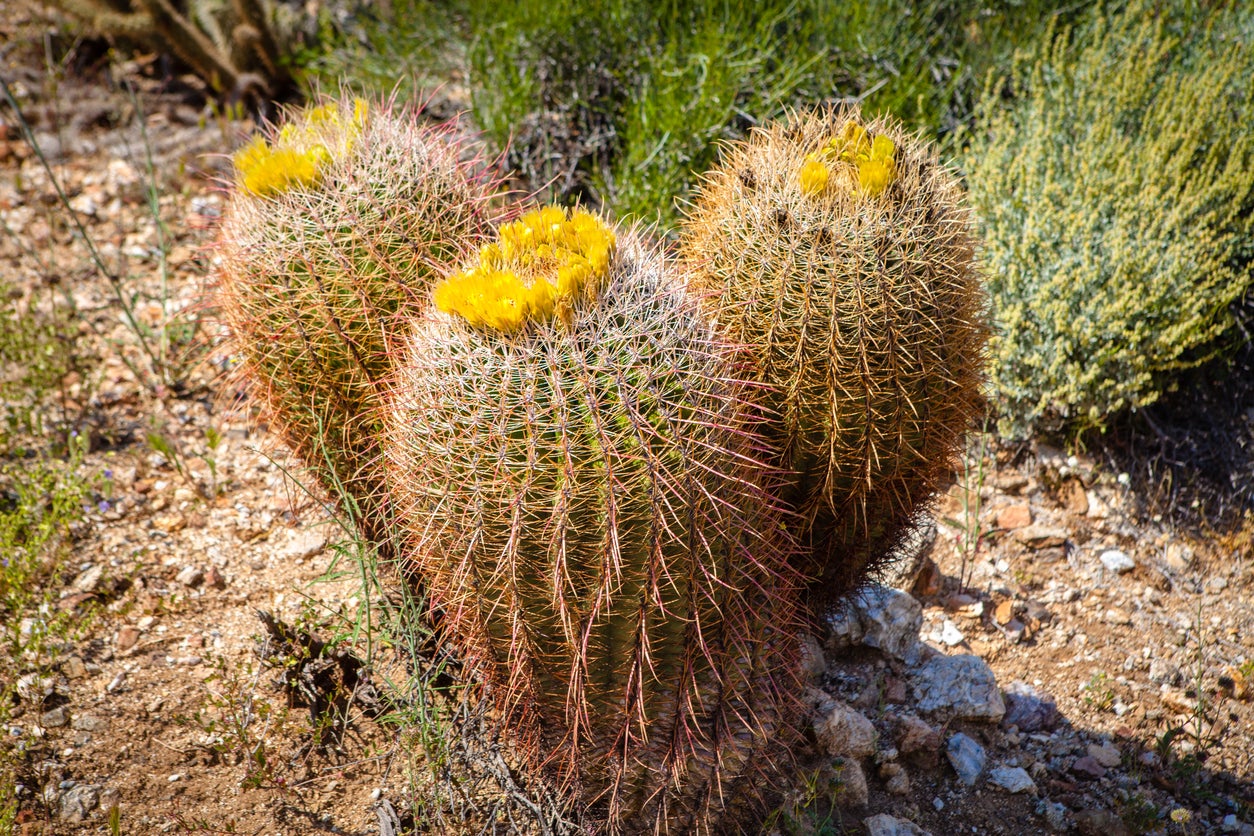

There are a few different plants that go by the name “barrel cactus,” but Ferocactus cylindraceus, or California barrel cactus, is a particularly beautiful species with long spines that is threatened in nature due to its over harvesting by collectors. Keep reading to learn more California barrel cactus information.
California Barrel Cactus Information
The California barrel cactus (Ferocactus cylindraceus) goes by several common names, including Arizona barrel, red barrel, miner’s compass, and compass barrel cactus. However, all these names refer to the same cactus, a native to the Mojave and Sonoran deserts in the American southwest.
California barrel cactus plants grow very slowly, starting out stout and spherical and eventually lengthening into cylinders, sometimes reaching up to 8 feet or roughly 2.5 meters in height, with a width of about 1.5 feet or 0.5 meters. They very rarely branch out and, true to their name, form solitary, stout, barrel-like columns.
They are covered from head to toe in long spines that can range wildly in color from red to yellow to white. As the cactus ages, these spines tend to fade to more of a gray color and curve around the cactus.
There are three distinct types of spine - a long central spine reaching up to 5 inches (13 cm.), 3 surrounding shorter spines, and 8 to 28 short radial spines. These clusters of three types of spine cover the cactus so completely that it’s difficult to see the green flesh underneath.
In spring and early summer, yellow flowers with red centers appear on the side of the cactus that faces the sun.
Growing a California Barrel Cactus
California barrel cactus plants, like most desert dwellers, prefer rocky or sandy, extremely well-draining soil, as well as full sun. They are very drought hardy and resistant to pests.
Gardening tips, videos, info and more delivered right to your inbox!
Sign up for the Gardening Know How newsletter today and receive a free copy of our e-book "How to Grow Delicious Tomatoes".
They tend to grow faster on their shady side (in their native habitat the northern side), causing them to lean to the south or southwest. This earns them their alternate “compass” name and gives them an attractive, unique silhouette.
They make very good solitary specimens in rock gardens and desert landscapes.

The only child of a horticulturist and an English teacher, Liz Baessler was destined to become a gardening editor. She has been with Gardening Know how since 2015, and a Senior Editor since 2020. She holds a BA in English from Brandeis University and an MA in English from the University of Geneva, Switzerland. After years of gardening in containers and community garden plots, she finally has a backyard of her own, which she is systematically filling with vegetables and flowers.
-
 Get Ready For A Summer Of Hummers! Grow These Full Sun Hummingbird Plants and Flowers
Get Ready For A Summer Of Hummers! Grow These Full Sun Hummingbird Plants and FlowersIf you’re lucky enough to enjoy a sunny backyard, make sure you are maxing out on your pollinator opportunities and grow these full sun hummingbird plants and flowers
By Tonya Barnett
-
 12 Lush Alternatives To A Lawn For Sustainable Spaces
12 Lush Alternatives To A Lawn For Sustainable SpacesAlternatives to a lawn are beautiful and also beneficial to your local ecosystem and its pollinators. Explore our top picks for plants to replace grass.
By Tonya Barnett
-
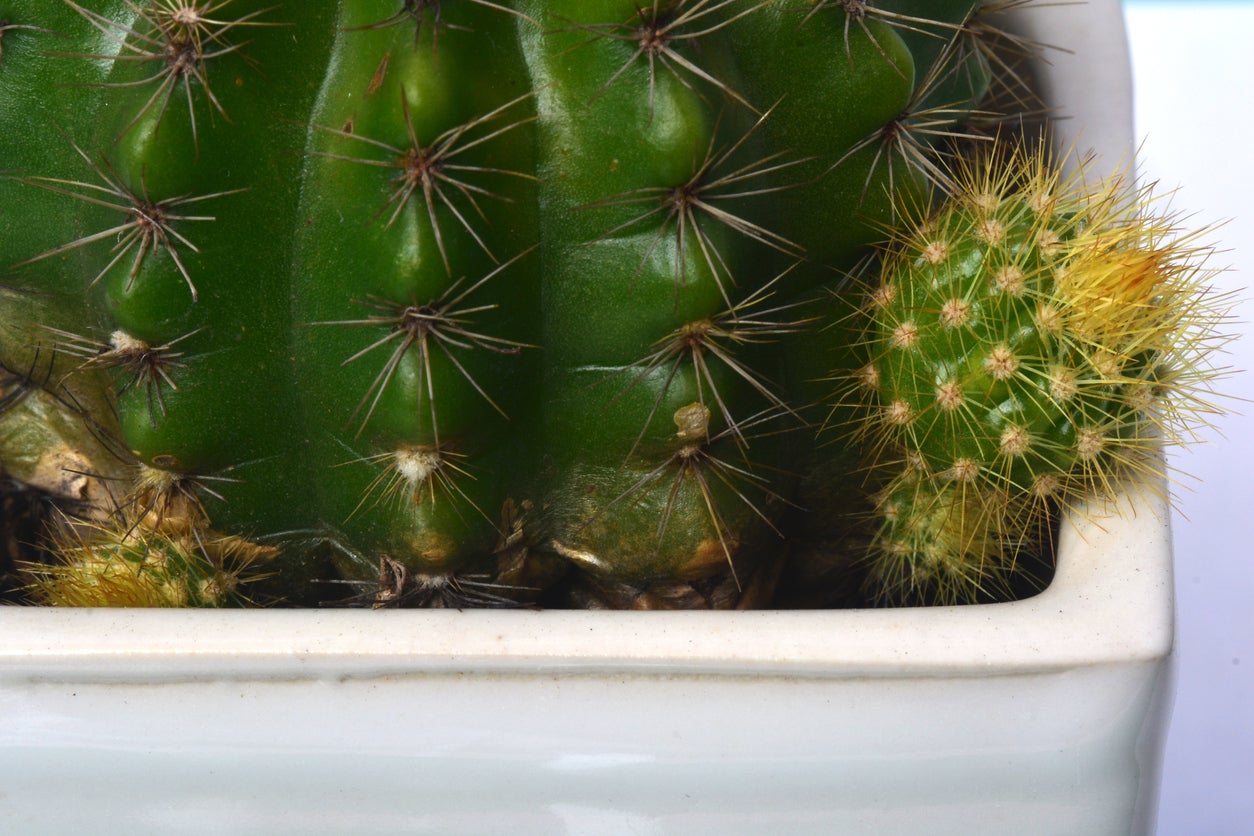 Barrel Cactus Propagation – How To Propagate Barrel Cacti From Pups
Barrel Cactus Propagation – How To Propagate Barrel Cacti From PupsIs your barrel cactus sprouting babies? Barrel cactus pups often develop on the mature plant. Many leave them and let them grow, creating a globular design in the container or in the ground. But you can propagate these for new plants too. Learn how in this article.
By Becca Badgett
-
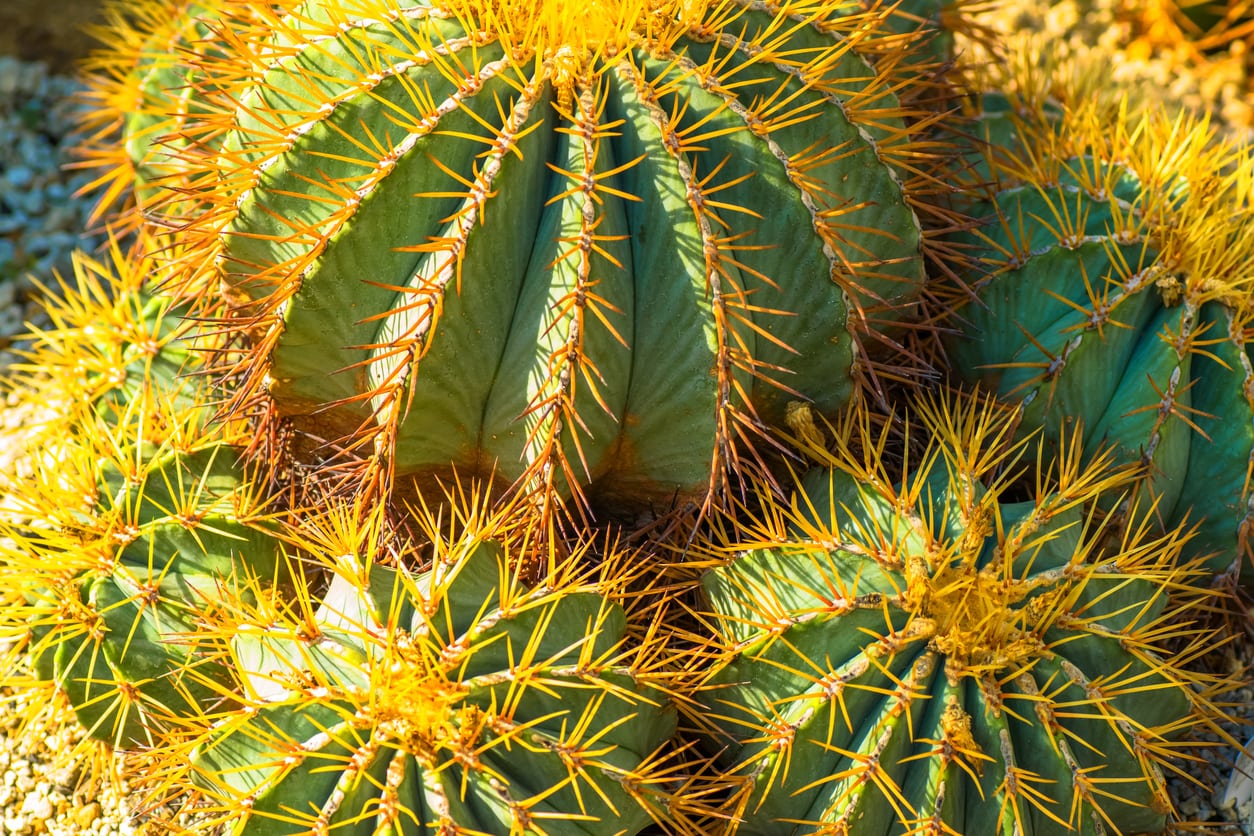 Blue Barrel Cactus Care – Growing Blue Barrel Cactus Plants
Blue Barrel Cactus Care – Growing Blue Barrel Cactus PlantsThe blue barrel cactus is an attractive plant with its perfectly-round shape, bluish color, and pretty, spring flowers. If you live in a desert climate, grow this outdoors. If you are in a colder climate, blue barrel cactus care in an indoor container is simple. Lean more here.
By Mary Ellen Ellis
-
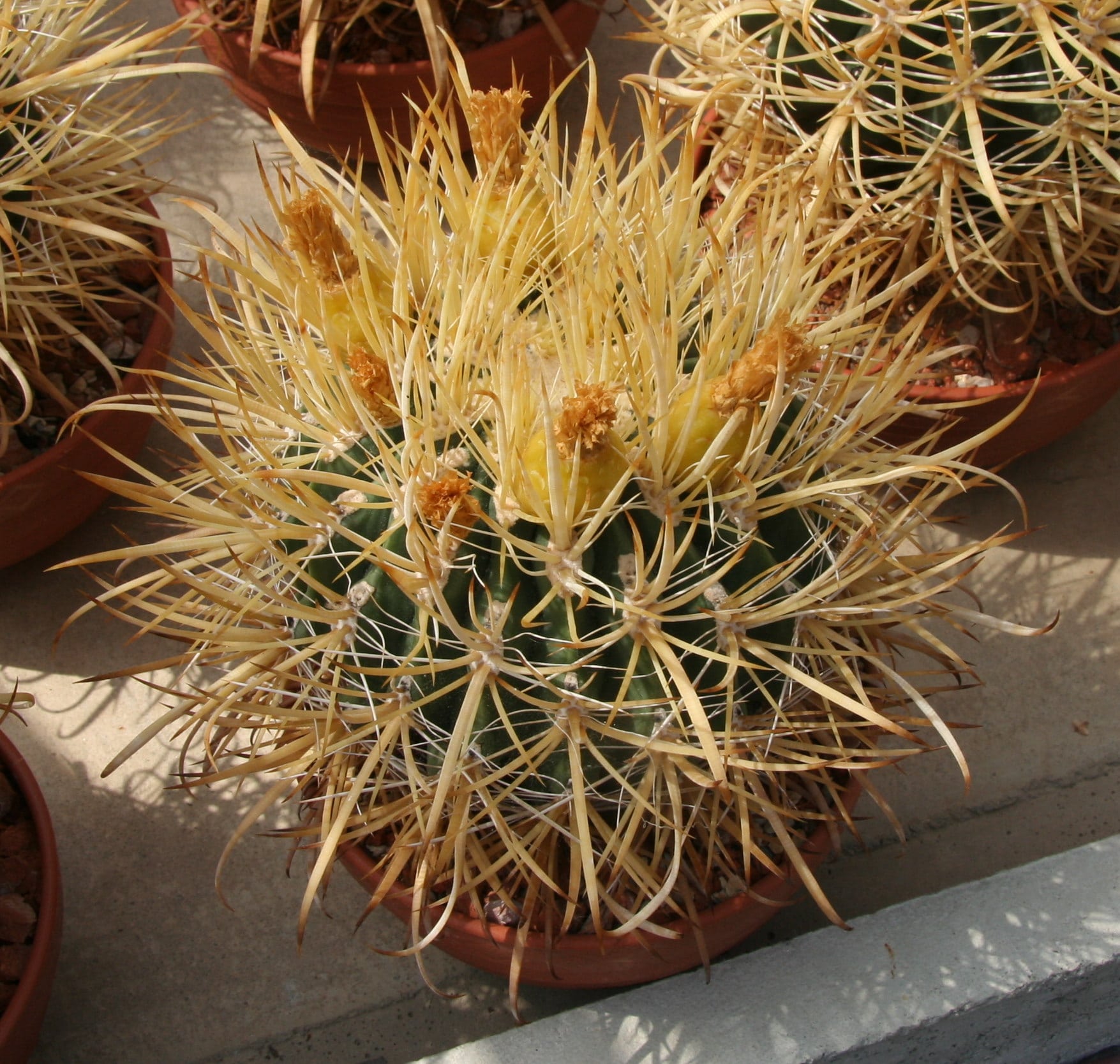 Ferocactus Chrysacanthus Info: How To Grow Ferocactus Chrysacanthus Cacti
Ferocactus Chrysacanthus Info: How To Grow Ferocactus Chrysacanthus CactiEven if you don’t live in the desert, cactus can be grown indoors as well in most any climate. Interested in learning how to grow Ferocactus chrysacanthus? The following article on Ferocactus chrysacanthus info discusses growing and care of this cactus.
By Amy Grant
-
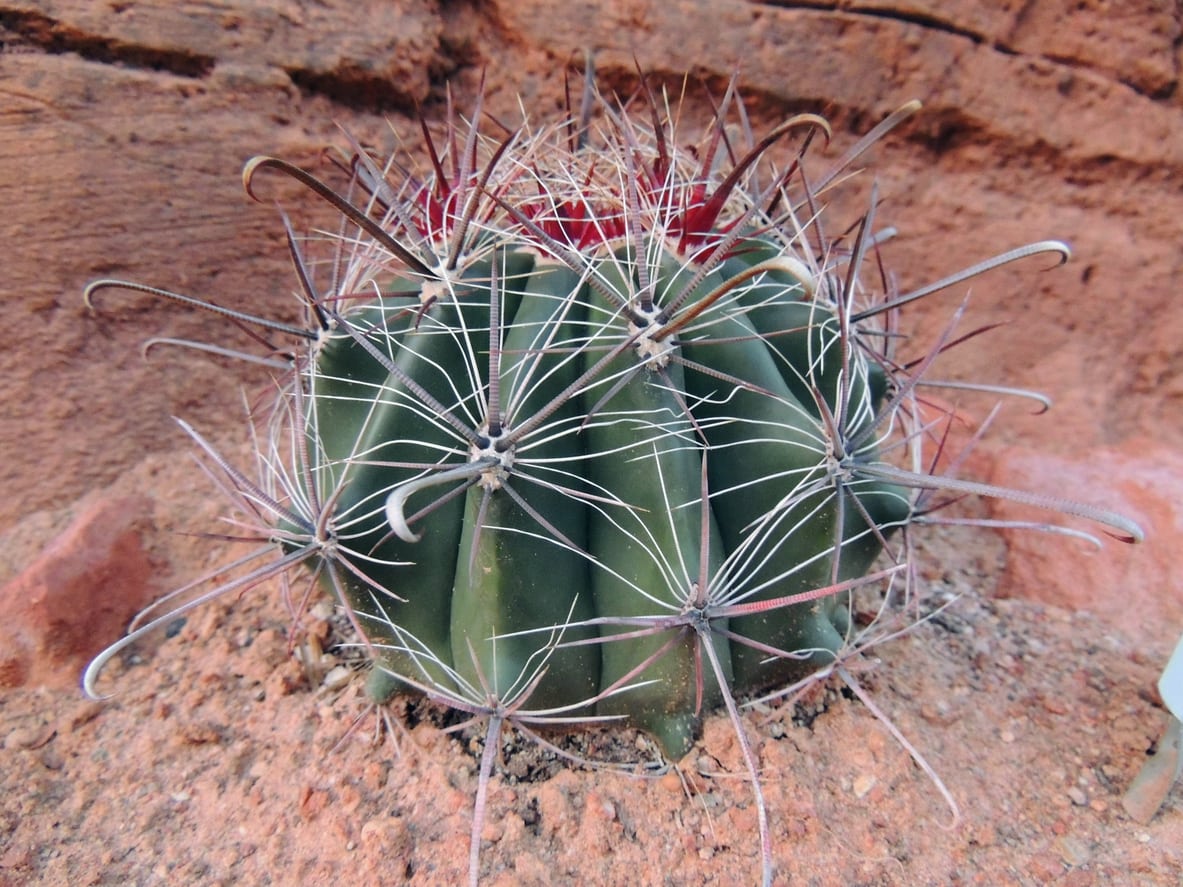 Barrel Cactus Care – Learn How To Grow An Arizona Barrel Cactus
Barrel Cactus Care – Learn How To Grow An Arizona Barrel CactusArizona barrel cactus is commonly known as fish hook barrel cactus, an appropriate moniker due to the formidable hook-like spines that cover the cactus. This impressive cactus is suitable for growing in USDA zones 9-12. Learn how to grow an Arizona barrel cactus here.
By Mary H. Dyer
-
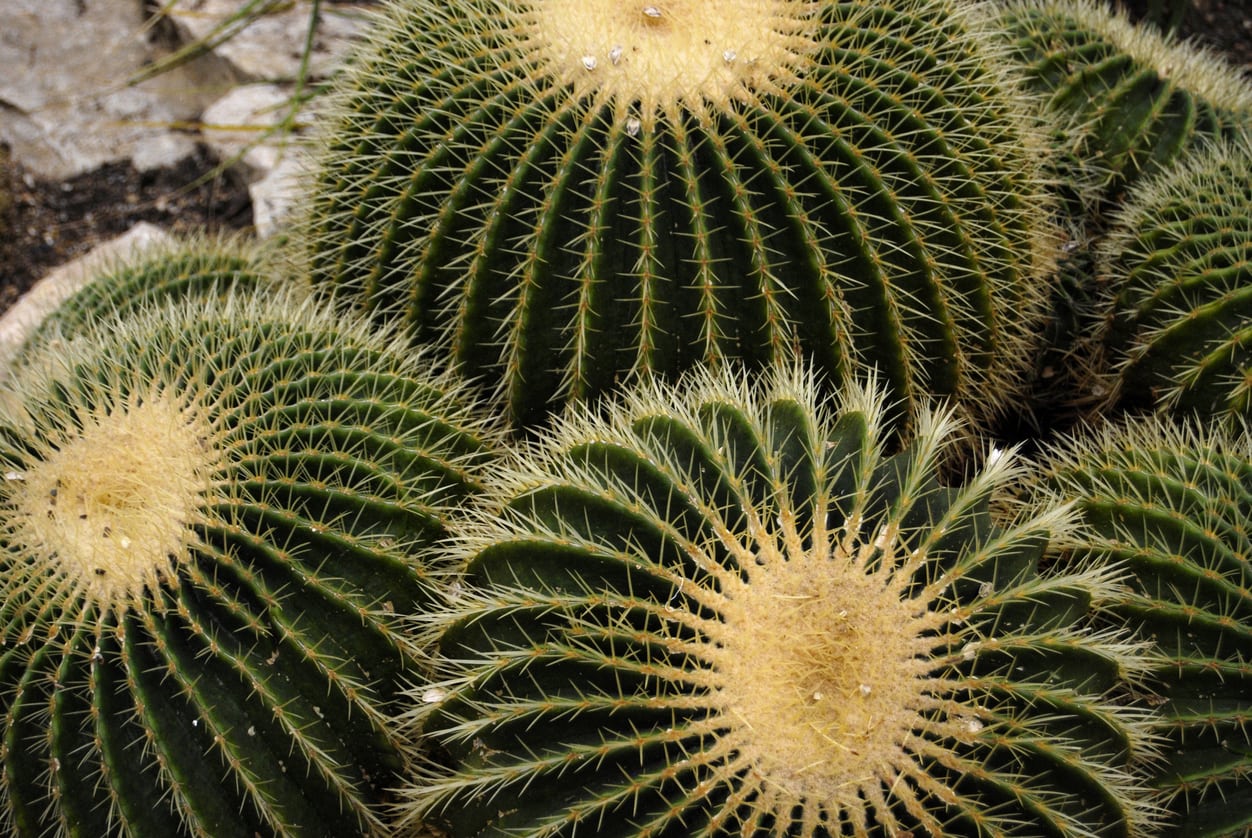 Golden Barrel Care Guide – Learn About Golden Barrel Cacti
Golden Barrel Care Guide – Learn About Golden Barrel CactiThe golden barrel cactus plant is an attractive and cheerful specimen, rounded and growing to as much as three feet tall and three feet around much like a barrel, hence the name. Be careful, though, as it has long dangerous spines. Learn about growing this cactus here.
By Becca Badgett
-
 Emory Cactus Care – How To Grow An Emory’s Barrel Cactus
Emory Cactus Care – How To Grow An Emory’s Barrel CactusFerocactus emoryi are robust cacti perfect for drought-prone gardens and dry landscapes. Commonly referred to as Emory’s barrel cactus, these cylindrical spiny plants are an interesting choice for containers and addition to desert rock gardens. Learn more here.
By Tonya Barnett
-
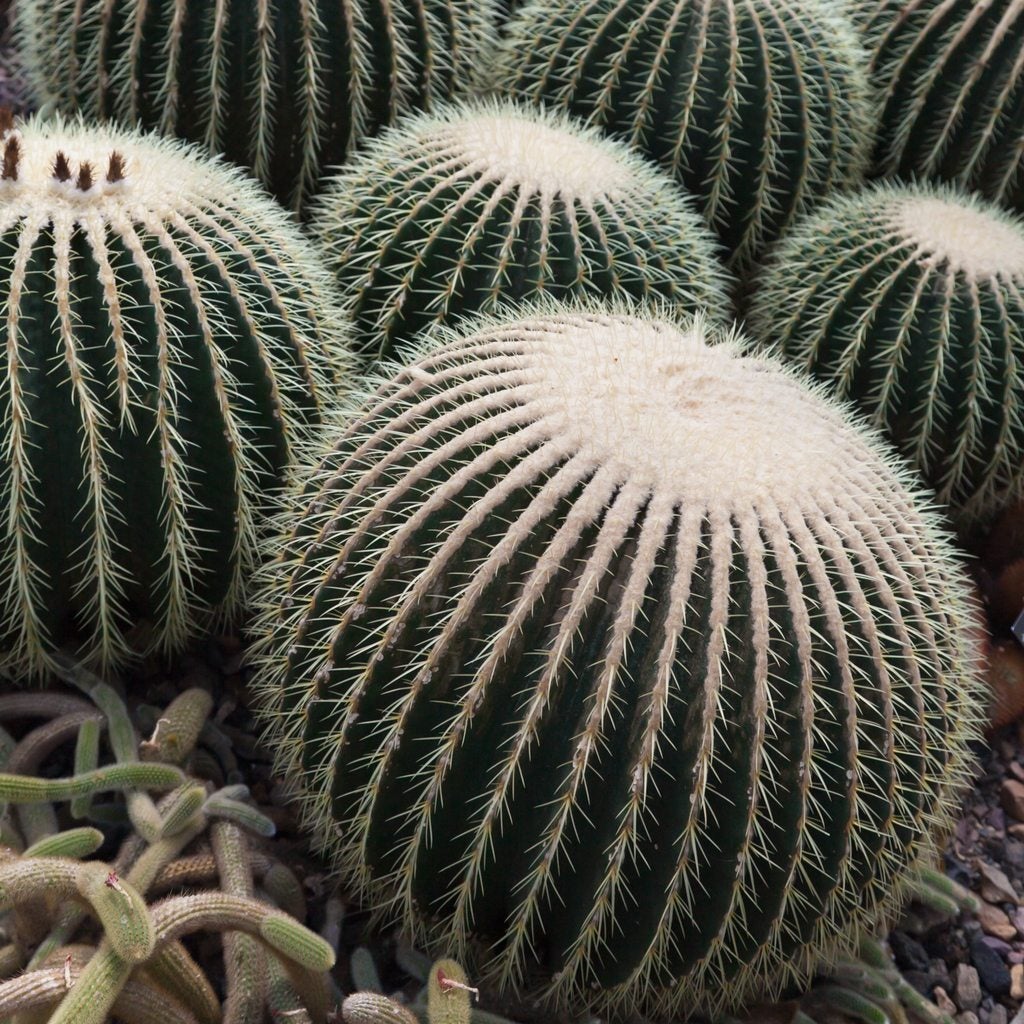 Ferocactus Plant Info – Growing Different Types Of Barrel Cacti
Ferocactus Plant Info – Growing Different Types Of Barrel CactiA wide range of barrel cactus varieties are found in the gravelly slopes and canyons of the Southwestern United States and much of Mexico. Click this article to learn about a few of the most popular barrel cactus varieties.
By Mary H. Dyer
-
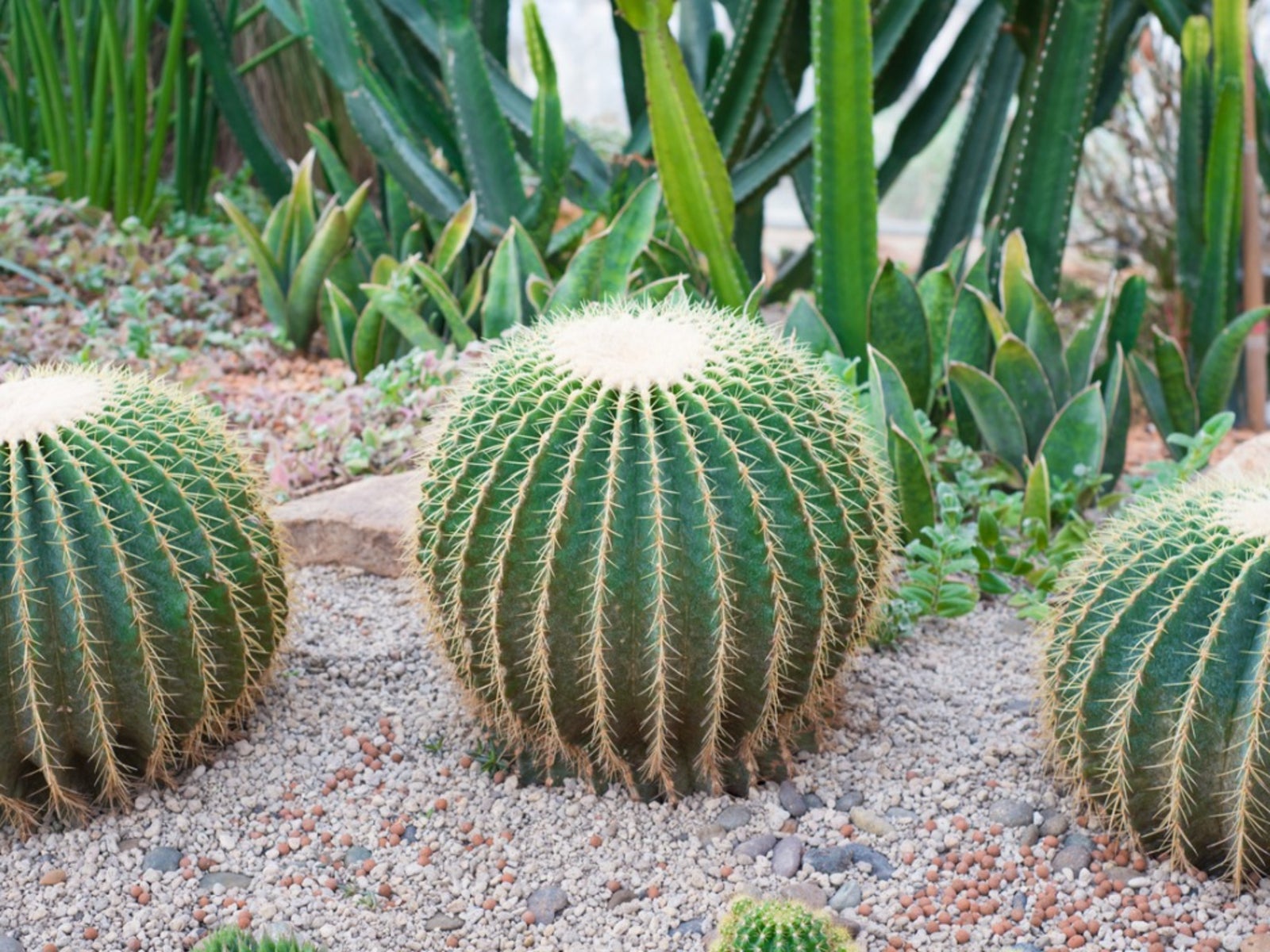 Pythium Root Rot Treatment – Identifying Pythium Rot In Barrel Cactus
Pythium Root Rot Treatment – Identifying Pythium Rot In Barrel CactusPythium rot commonly affects barrel cacti and can be difficult to detect before it is too late to save the cactus. There are no effective methods of control of pythium rot but some prevention can be undertaken. This article will help with that.
By Bonnie L. Grant